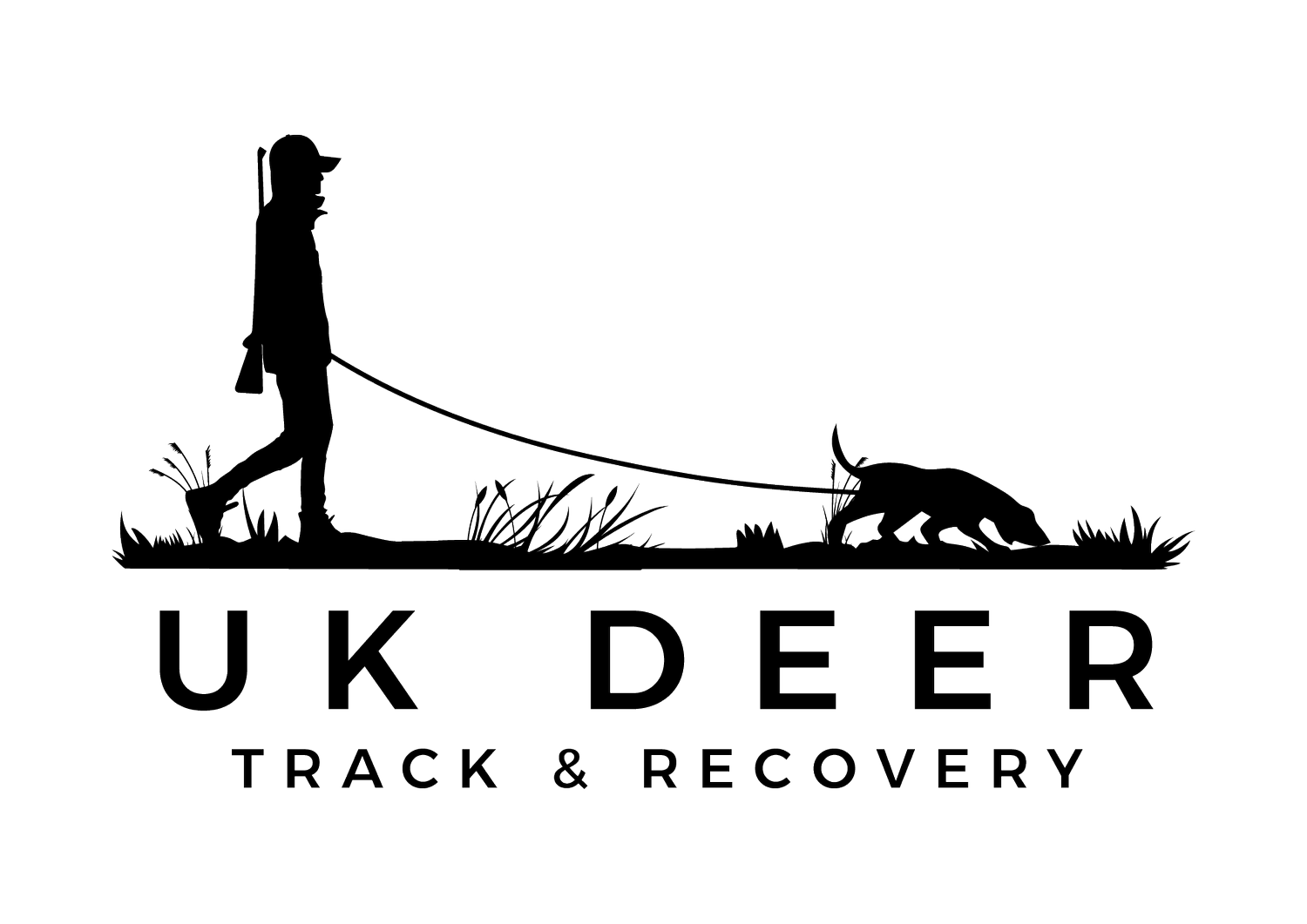
Stalkers Shot Site Information
Every stalker wants to achieve a clean, humane kill. Occasionally though, the animal is wounded or cannot be found immediately. In these situations, there is a lot you can do to give the best chance of the animal being recovered.
Immediately after the shot, reload. If there is no immediate need for action (e.g. a second shot) wait, watch and listen. While waiting, recall the animal’s reaction to the shot and make a mental note of exactly where the animal was standing when the shot was fired. Wait for between 20-30 minutes before moving.
Mark where the shot was fired from, if possible mark where the rifle muzzle was.
Look for the place where the animal was standing (the “Strike” or “Shot site”). Approach along the bullet path and begin looking for signs well before you get to the strike, it is often closer (or further) than you think.
The strike site is a fragile combination of signs. When you find it, look very carefully for signs. Any blood, hair, bone fragment, organ fragment, or gut content is valuable for building a picture of how the animal was hit and may influence how the animal is subsequently tracked. Try your best not to disturb the scene too much in case a tracking team is required.
Mark the strike area clearly, preferably placing a marker where you think the shot site is.
If you find no signs or if the signs indicate a wounded but still mobile deer, halt the search and contact an experienced tracking team who will advise you. There is a good chance that if you conduct an immediate random search you will succeed only in moving a wounded animal further away and make it less inclined to stop, make tracking more difficult.
Always investigate the strike, even if you think that the animal was missed, a surprisingly high number of “missed” deer are subsequently retrieved.
It is natural to want to search for a lost deer or even try using a dog to find it but bear in mind that the longer and more intensive your search is the harder you may make it for a tracking team later, nonetheless call them anyway.
Important Information
If you do decide to call a tracking team, when you speak with the dog handler, be prepared to answer a number of questions as follows:
Time/date of shot
Species/sex of injured animal
Have you marked where you took the shot from?
Have you marked the strike/shot site?
Have you made an intensive search for the animal and/or has a dog already been used to try to find it?
Can you confirm that you have permission to track deer on the land and would you be able to gain permission on neighbouring land if that became necessary?
Should the dog handler bring a rifle? Many handlers will prefer to bring their own firearm for dispatch. If permission cannot be granted for that, the handler will rely on whoever is available but, for everyone’s safety, and that of the dog, the handler will expect to be the one to decide when the firearm is loaded and when the shot is fired.
On site the handler will need to carefully inspect the strike/shot site. The dog will be brought forward only when the handler has the clearest possible picture of what has happened. The handler may insist on waiting before tracking if the incident is very recent. Typical situations where a delay in tracking is recommended are with gut shots (a few hours), and broken limbs/jaws (a minimum of a few hours, 12 or more would not be excessive). Some will be concerned that a wounded animal might not be followed as soon as possible, but rest assured that it is often more humane to wait, sometimes for a few hours or overnight to lessen the chance of the animal still being mobile enough to evade recovery, thus prolonging its suffering.
Well trained dogs are more than capable of following a track the next day and the UKDTR tracking test all our teams have passed is a minimum of 20 hours old.
It will help the handler if there are the minimum of people present. Any bystanders should keep well out of the way and stay off of the trail, the handler may need to bring the dog back to a confirmed section of the trail if the trail is lost.
Tracking dogs are usually worked on a leash and are trained to ignore game and other wildlife.
UKDTR trackers are discreet and will not criticise, their only interest is to help find the injured animal. No charge is made for tracking.



